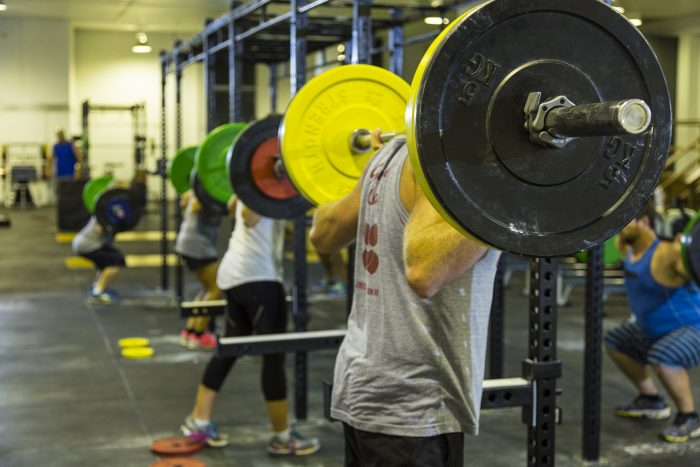
06 Feb Matt’s Training Tip #1: Why should I repeat strength workouts week to week?
Each week, Joe’s Basecamp strength and conditioning coach, Matt Reid, gives our members tips for building strength and endurance to help them perform at their best and achieve their bucket list goals.
This week, Matt breaks down the theory behind training repetition and why it’s important to do the same strength workouts week to week over a three to four week block.
Matt’s Tips
The body loves to be in a state of homeostasis which, put simply, means we like to cruise along at the same level (internally) most of the time. For example, even when you feel really hot, your internal core temperature basically never changes. Our bodies don’t like it when we stress them out and throw off this balance, and this stress includes exercise such as lifting heavy weights or running a long distance. So, our bodies learn to adapt to the stressors we throw at it. This means that next time the internal balance (homeostasis) isn’t thrown off as much.
Early in a training career, our bodies are very unaccustomed to the stressors we apply to them in the gym. This means it doesn’t take much stress for adaptation to occur, which explains why people see improvements in their general performance within the first few months of starting a new training regime! Initially, we can do a bit of everything at the gym and at quite low levels and still get positive adaptations (improvements) for each quality we train. For example, you might notice your strength increase after only 1 set of 10 lifts at 40% of your 1 Rep Max (RM).
As we continue with our training, we start to need more specific stressors, at more specific intensities and at more specific volumes to get the positive adaptations we are looking for. Basically, the more you train, the better your body responds to the stress you throw at it (lifting heavier weights, for example) and the more stress you need to apply to see improvements.
What this means is that we need to be more methodical in how we apply training to build up the necessary level and volume of stress to cause adaptation For example, now a total volume of 2,000kg (i.e. 20 lifts at 100kg, however it is broken up—>4 x 5, 10 x 2, etc.) needs to be lifted with at least 80% 1RM (100kg representing 80% for this individual) on the bar for enough of a stress stimulus to cause adaptation. This effect can reach a point where the body’s defence to a particular stress type (in this example we will stick with lifting a heavy weight) can reach a point where multiple efforts of sufficient volume and intensity are required over a training cycle (for example a month) to provide a stimulus for adaptation.
So, what’s the take home from all of this?
To continue to see improvements from your training, particularly those who have been training for a while; consistent choices in terms of the type of stress you are applying may be your answer. By consistently performing the same weight-lifting patterns on the same day each week (or as close to this as possible), you can increase the volume or intensity each week and monitor your improvements. But consistency is key! Many people make the mistake of changing their workout routine too often. That’s not to say you should never change your routine, but your body will react better to increases in the stress you put on it rather than constant changes in the stress you put on it. Not only that, but it makes your improvements harder to track. How do you know how far you’ve come if you don’t know where you started?



Sorry, the comment form is closed at this time.